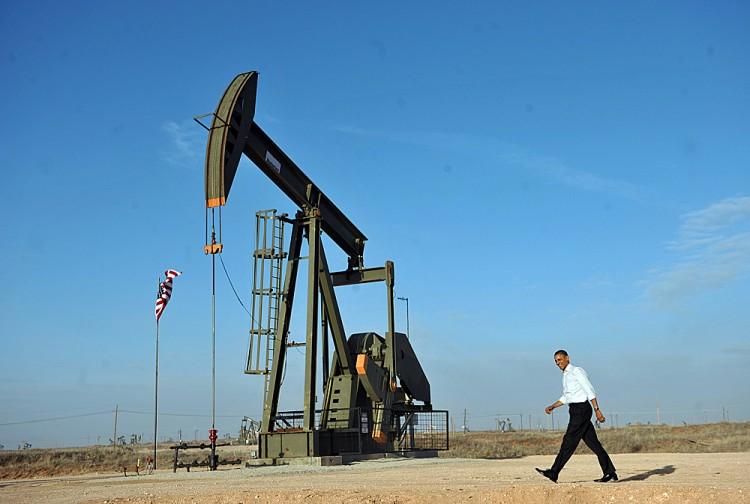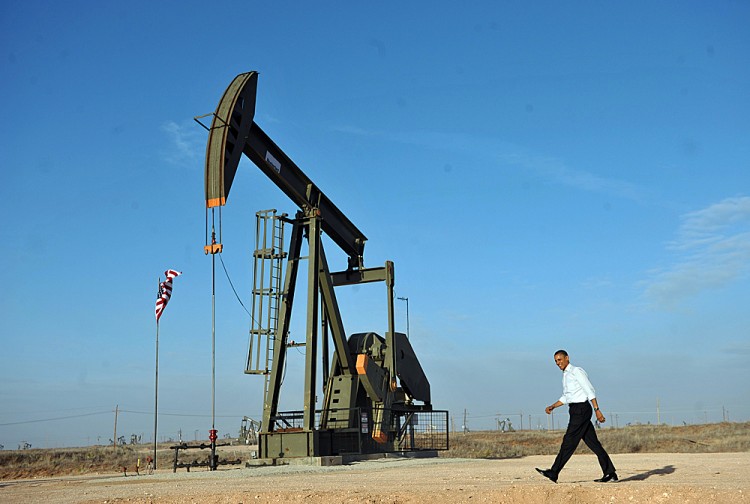The Houston-based oil company Apache Corporation (APA) recently announced that there may be an estimated 3 billion barrels of crude oil under land they purchased in America’s Heartland. Such a supply could reduce foreign oil demands.
The estimated 3 billion barrels of crude oil sits under 880,000 net acres spread across Kansas, Nebraska, and Montana. The two areas of land are known as the Williston Basin around Nebraska and Montana, and the Mississippi Lime area around Kansas and Oklahoma, which is already known for its rich oil formations.
Apache currently produces an average of 748,000 barrels of oil per day. They plan to increase output in the years to come by at least 34 percent and are looking to the Gulf of Mexico and onshore facilities like those mentioned above to make that happen.
Apache estimates that onshore oil production will rise to 41 percent by 2016, compared to 21 percent in 2011. Additional plans by Apache include a production increase from 748,000 to 1 million domestic barrels of oil per day by 2016.





